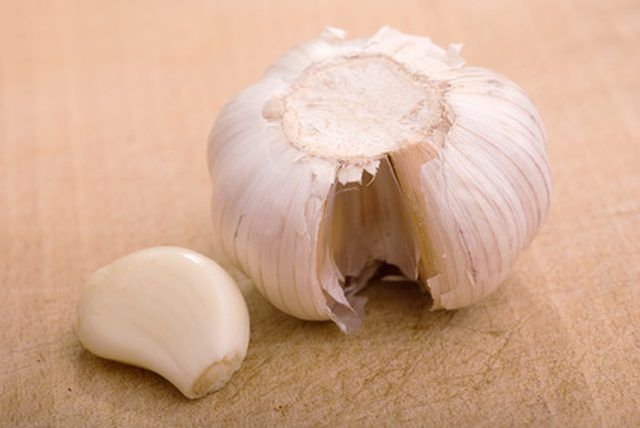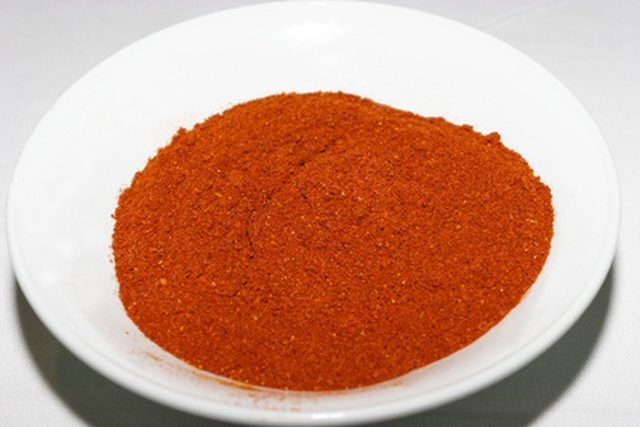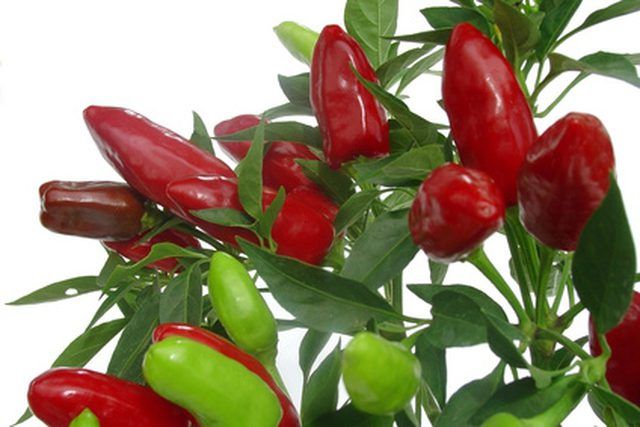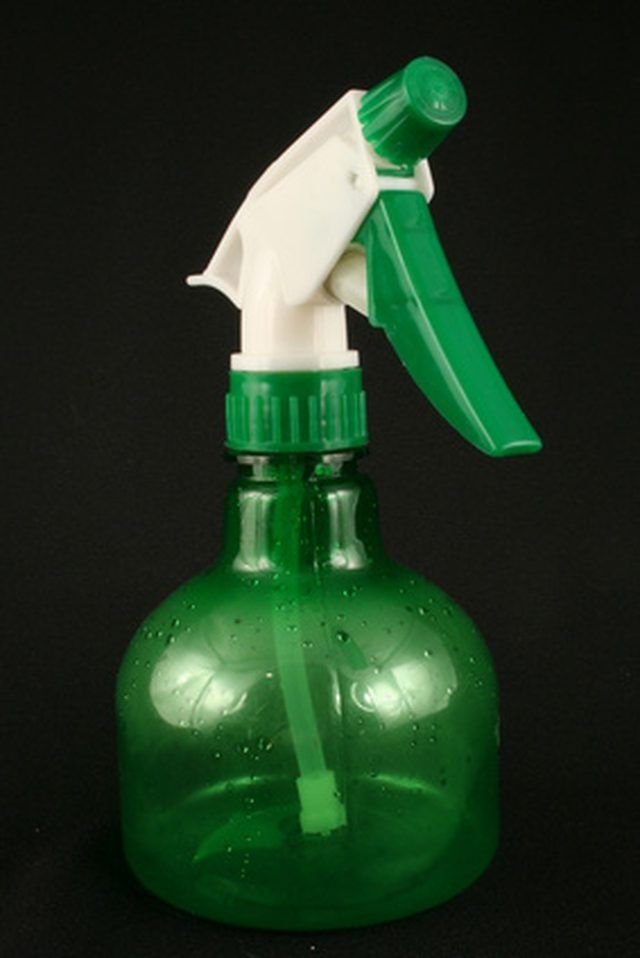Bulbs
Flower Basics
Flower Beds & Specialty Gardens
Flower Garden
Garden Furniture
Garden Gnomes
Garden Seeds
Garden Sheds
Garden Statues
Garden Tools & Supplies
Gardening Basics
Green & Organic
Groundcovers & Vines
Growing Annuals
Growing Basil
Growing Beans
Growing Berries
Growing Blueberries
Growing Cactus
Growing Corn
Growing Cotton
Growing Edibles
Growing Flowers
Growing Garlic
Growing Grapes
Growing Grass
Growing Herbs
Growing Jasmine
Growing Mint
Growing Mushrooms
Orchids
Growing Peanuts
Growing Perennials
Growing Plants
Growing Rosemary
Growing Roses
Growing Strawberries
Growing Sunflowers
Growing Thyme
Growing Tomatoes
Growing Tulips
Growing Vegetables
Herb Basics
Herb Garden
Indoor Growing
Landscaping Basics
Landscaping Patios
Landscaping Plants
Landscaping Shrubs
Landscaping Trees
Landscaping Walks & Pathways
Lawn Basics
Lawn Maintenance
Lawn Mowers
Lawn Ornaments
Lawn Planting
Lawn Tools
Outdoor Growing
Overall Landscape Planning
Pests, Weeds & Problems
Plant Basics
Rock Garden
Rose Garden
Shrubs
Soil
Specialty Gardens
Trees
Vegetable Garden
Yard Maintenance
Homemade Squirrel Repellent for Trees
Homemade Squirrel Repellent for Trees. Despite their cute appearance, tree squirrels can become the scourge of a homeowner. In addition to their habits of stripping bark from trees, they also use branches to gain access to attics and eaves, where they build nests.Although there is no sure way to stop these unwanted visitors, the Evergreen Animal...

Despite their cute appearance, tree squirrels can become the scourge of a homeowner. In addition to their habits of stripping bark from trees, they also use branches to gain access to attics and eaves, where they build nests.
Although there is no sure way to stop these unwanted visitors, the Evergreen Animal Protective League believes commercial repellents are rarely successful, and recommends using a homemade repellent containing one or several varieties of hot peppers.
Things You'll Need
2 tbsp. habanero pepper sauce
2 tbsp. Tabasco® Brand Pepper Sauce
1 garlic bulb
2 tbsp. cayenne pepper
2 tbsp. mild dish washing liquid
1 gallon water
Large metal whisk
Fine mesh sieve
Large cooking pot
12-by-12 inch square cheesecloth
Gallon container with tight lid
Plastic pump sprayer or pressure sprayer
Bring the water to a slow simmer in the pot and keep covered.
Break apart garlic bulb into separate cloves, peel and mince finely or crush and add to the water. Cover and continue to simmer for about five to 10 minutes.

Add the ground cayenne pepper to the water. Stir well with a whisk to incorporate, scraping any cayenne down from the sides of the pot.

Turn off the heat and add hot pepper sauces to the water and stir well.

Keep the pot covered and allow the contents to cool, stirring occasionally.
Add the dish washing liquid when cooled and stir it gently. Do not stir the mixture into a froth.
Line the sieve with cheesecloth and pour the mixture into a clean gallon container to remove any garlic and any undissolved cayenne.
Cap the container tightly and store it in a cool area until needed.
Pour the strained mixture into the spray container. Apply the mixture liberally to any tree trunks up to at least six feet high around the trunk's circumference.

Tips & Warnings
Trimming tree limbs from at least 10 feet away from buildings will also prevent squirrels from jumping onto roofs.
This spray will need to be re-applied every two to three days and always after rain.
This may also be used without damage to garden plants and flowers.
The pepper spray may be stored for up to two weeks.
Always use rubber gloves when handling hot pepper products to avoid serious skin and eye irritation.
Never apply pepper sprays without adequate facial protection, as inhaling the spray can cause or aggravate severe respiratory problems.